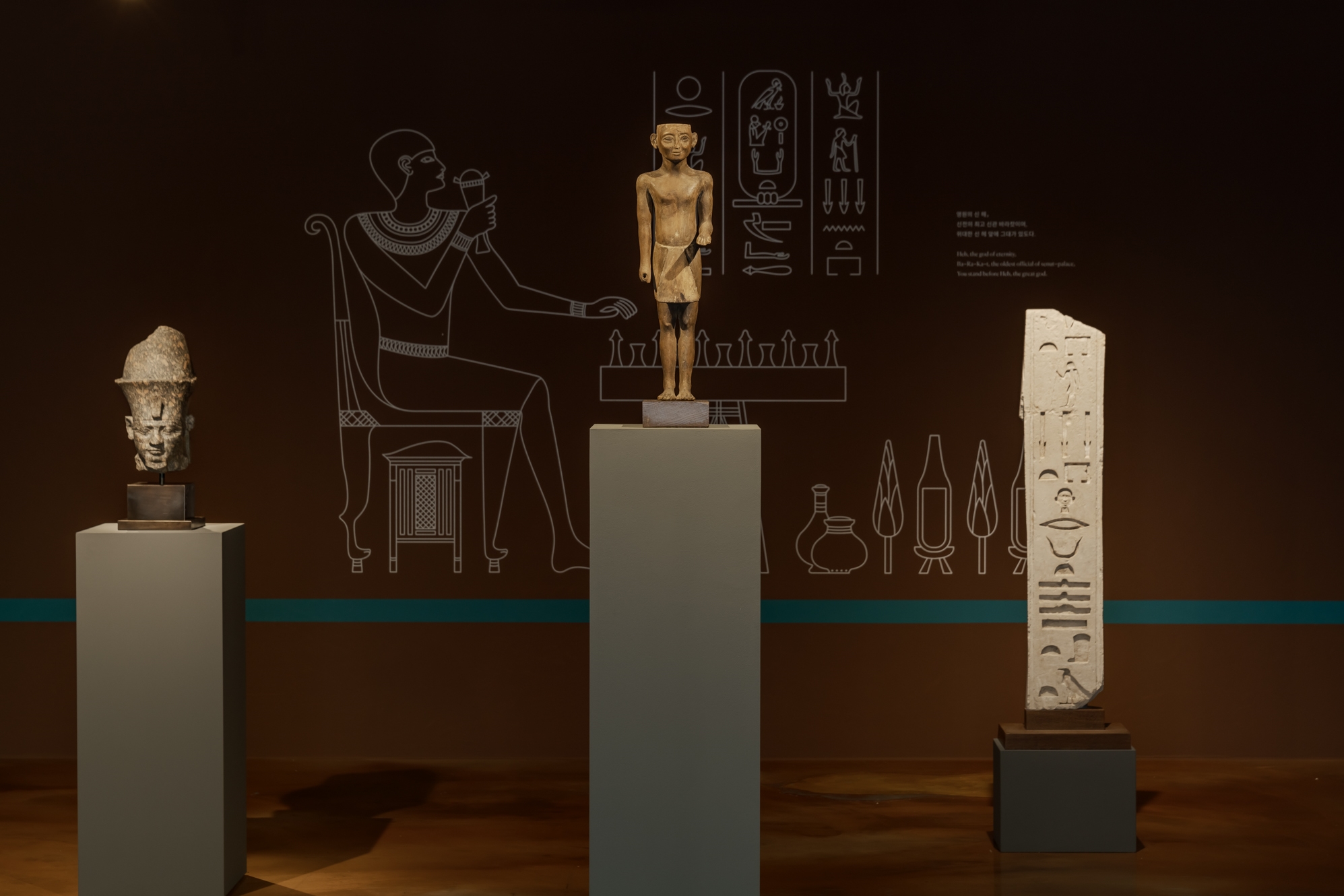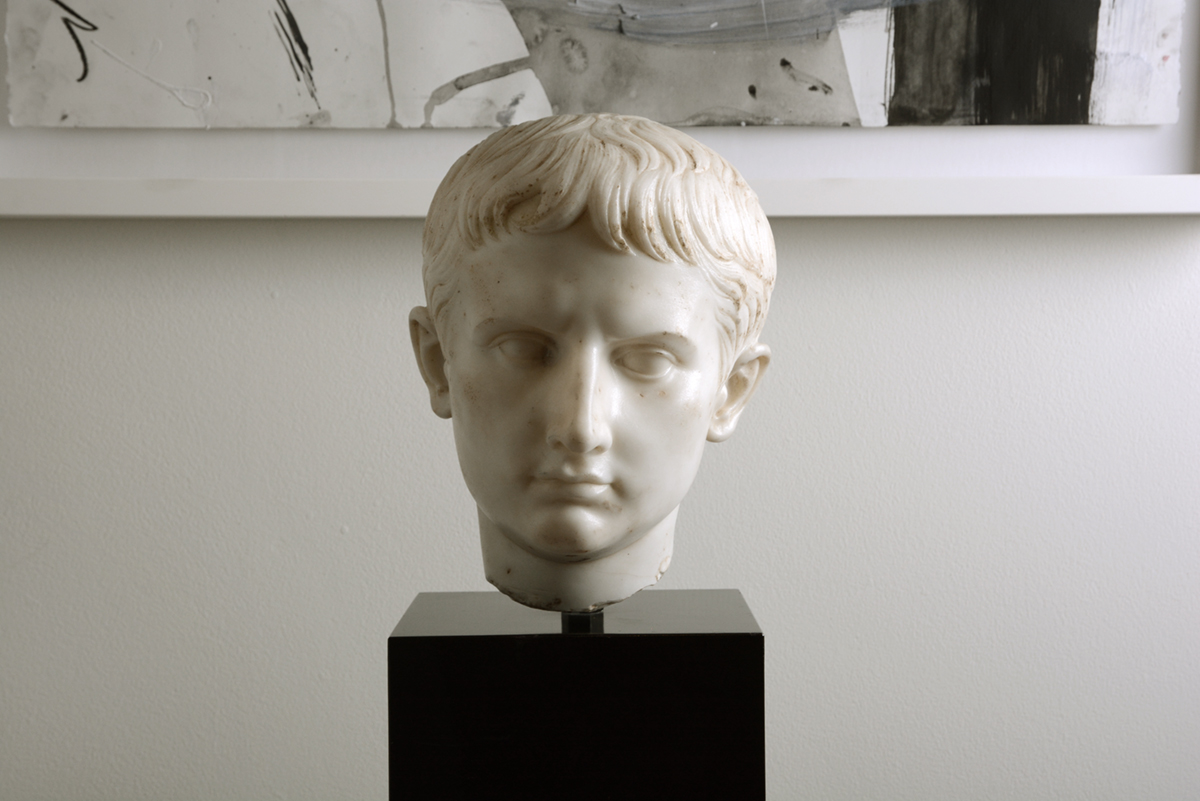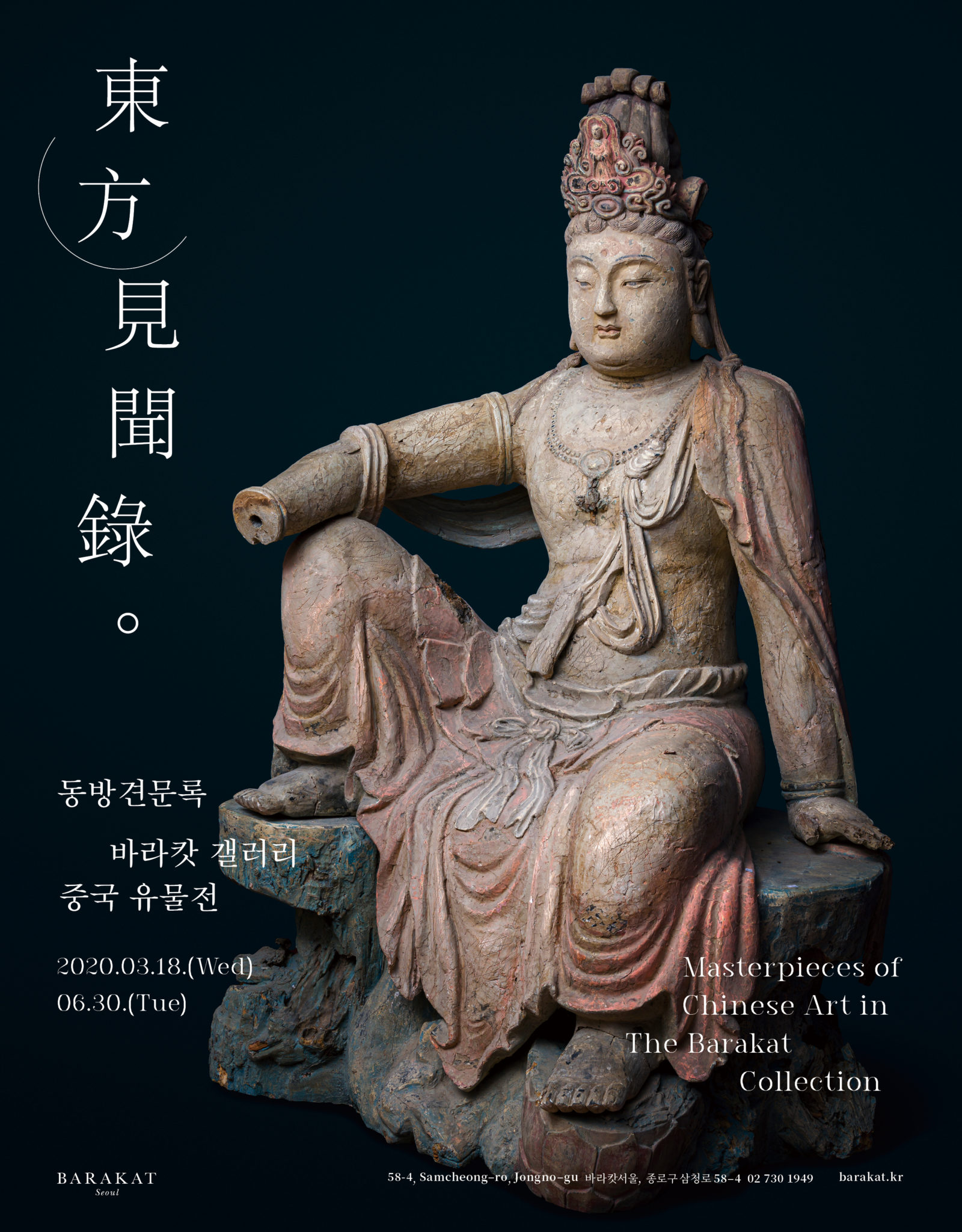What is Pre-Columbian art?
Before the arrival of the Europeans, a series of long-established and sophisticated civilisations flourished in North and South America, notably across a swathe of twin continents from present-day Chile in the south up to New Mexico.
Beyond the more familiar civilisations such as the Incas and the Maya, smaller ethnic groups were able to develop their own distinctive cultures and artistic styles. Pre-Columbian art encompasses the artefacts created by the indigenous peoples from the second millennium BC to the time of the arrival of Christopher Columbus in 1492, when the existing cultures were conquered by the Europeans.
The earliest civilisation of note is the Olmec (circa 500-400 BC), which was the first major civilisation to have developed in Mexico. The region running south from northern New Mexico through to the northern half of Central America is known as Mesoamerica and was dominated at a certain period by the Maya, whose Classic period runs from circa 200-950 AD, and later by the Aztecs (circa 1200-1541 AD).
The Incas established their empire, the largest in Pre-Columbian America — if not the world — in less than 200 years. It first rose in modern-day Peru in the early 13th century. Its craftsmen were especially famed for abstract stonework and textiles, ceramics and wood carving.
THE KEY MATERIALS
Ceramics/Terracotta
A very large proportion of Pre-Columbian art is of terracotta. We’re quite fortunate that many examples have survived, especially from the traditions in Colombia and Ecuador, although the most prolific in South America were the ancient Peruvians, where terracottas span from 900 BC to the Spanish conquest.
Costa Rica has a very different but rich tradition. Then once you get to Mexico some of the most well-known ceramics are from the Maya, and are similar to ancient Greek pottery in that they feature great painted narratives on the vases.
Stone
Stone sculpture is widespread across the region, but the works of the Mezcala culture are especially intriguing, specifically its stone ‘temples’ — small-scale, colonnaded architectural models, no bigger than 40cm high, which are found in funerary contexts. One of the finest collections was gathered by the Nobel Prize-winning chemist Professor Ilya Prigogine, which was offered at auction in April 2018.
Jades are a sub-category within the stone tradition. Prized across ancient Mesoamerica, the green colour was associated by both the Mayans and the Olmec with their Maize God, who ensured that their life-sustaining main crop would re-emerge every spring.
Mayans wore a great assortment of jade, a key example being a belt pendant sold for $1,575,500 in 2004 — a world auction record for a Pre-Columbian work of art at the time. In April 2018, an imposing Olmec mask from 900-300 BC made from exquisite green jade sold for €307,500 at Christie’s in Paris.
Gold
Many of these cultures wore magnificent gold pendants, crowns and pectorals. They were prized as regalia, and high-ranking individuals were buried with ornate ornaments.
Modern Colombia had the widest range of object types and styles and working techniques. These include the early use of filigree-working, lost-wax casting, embossing, and the use of precious stones such as amethyst and emeralds to further decorate luxurious ornaments.
Textiles and featherwork
Very few textiles have survived from Mexico, but there is a huge corpus from the big Andean manufacturing cultures, weaving primarily with local fibres vicuña and cotton, or a mix of the two. What remains today are primarily men’s and women’s clothing such as tunics, dresses and shawls.
Feathers were highly prized for various reasons, both among the Aztecs and Maya and the Andean peoples, and the use of these wonderfully coloured Amazonian feathers from parrots and macaws implies a certain amount of trade. The feathers are often attached to textiles and into regalia such as crowns. In 2003, the sale of the collection of Georges Halphen in Paris included a set of feathered tunics.
Silver and other metals
Silver was primarily in use in Peru, where we find marvellous embossed gold and silver vessels and ornaments. The art of metalworking came very late to Mesoamerica.
What are the different styles we find in Pre-Columbian art?
Mezcala stonework is some of the most abstract within the Mesoamerican lapidary tradition. There are no other cultures so interested in a reductivist, geometric vocabulary to depict human figures or architectural models.
The Olmec stonework tradition also includes abstracted artworks. Professor Prigogine collected Olmec celts — oblong jade stones that look like axes, but which are as far away as you get from those tools.
Mayan art has some of the most complex iconography of all the Mesoamerican cultures. The Mayans produced figural works in terracotta where we get a real sense of naturalism and portraiture. From the pilgrimage island of Jaina off the coast of the Yucatán, for example, Jaina figures might depict an aged female face or a young warrior wearing elaborate costumes and adorned with jewellery.
What have landmark exhibitions in this field taught us?
The Metropolitan Museum of Art in New York devoted an entire exhibition to Mezcala stone temples, Houses for the Hereafter: Funerary Temples from Guerrero, Mexico. As in ancient Egypt, these small-scale models of structures were created to accompany the deceased into the afterlife. In Zurich the Rietberg Museum had a marvellous 2018 exhibition, Nasca. Peru — Searching for Traces in the Desert, illuminating a key ceramic-producing civilisation which flourished in southern Peru from 200 BC to 650 AD. Also last year, Golden Kingdoms, collaborative project between the Getty Research Institute, J. Paul Getty Museum and Metropolitan Museum of Art, provided a memorable look at the emergence, development and spread of gold-working in the Andes, Central America and Mesoamerica.
What should new collectors be aware of?
Condition reports are essential, especially for ceramics and even for stone pieces. Has there been damage, restoration or repainting? These are the sort of questions you need to consider.
Which museums have the best collections?
The United States has some of the strongest collections. The Metropolitan Museum of Art has a marvellous collection, as do the Princeton University Art Museum, Houston Museum of Fine Arts, Dallas Art Museum, Art Institute of Chicago, Los Angeles County Museum of Art and the Cleveland Museum of Art, to name a few.
The Germans led expeditions in the mid-19th century that have led to the formation of collections in various ethnographic museums known as Voelkerkunde museums, which are spread across the country. In Vienna the great Weltmuseum (Museum of Ethnology), which was established in 1876, has just reopened after a vast renovation in 2017.
In Paris you have the major Musée du Quai Branly and in London the British Museum. The places of origin also have superb collections, such as Mexico City’s Museo Nacional de Anthopología and the Museo del Oro in Bogotá, Colombia, plus there are fine collections in Lima, Peru, and the Museo Chileano de Arte Precolumbino in Santiago, Chile.
Recommended reading
It is very important to read, read and read, and to visit as many museum collections as possible to train your eye and understand the different styles. I would strongly recommend the following books for any collector: Rediscovered Masterpieces of Mesoamerica (1985) by G. Berjonneau and J.Louis Sonnery; Pre-Columbian Art of Mexico and Central America (1968) by Hasso von Winning is a classic, as is Art of Ancient Peru and Ecuador (1968) by Alan Lapiner and Andre Emmerich; the exhibition catalogue from 1981-82, Between Continents/Between Seas: Pre-Columbian Art of Costa Rica by J.Jones, M.Kan and M. Snarkis is a key work on Central American art, I’d urge readers to look at Mezcala (1992) by Frances Gay and Frances Pratt; Mary Miller’s Art of Mesoamerica; and Rebecca Stone Miller’s Art of the Andes. Pre-Columbian Gold: Technology, Style and Iconography, edited by Colin McEwan. Additionally, a full bibliography is offered in our sales catalogues.
From
“Pre-Columbian Art: A new collectors guide,” by Christie’s Pre-Columbian art specialist Fatma Turkkan-Wille





